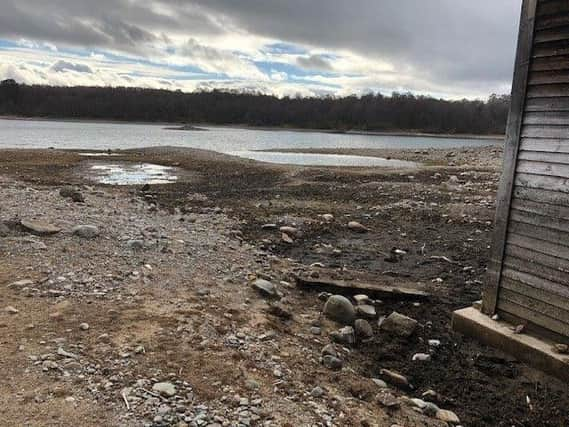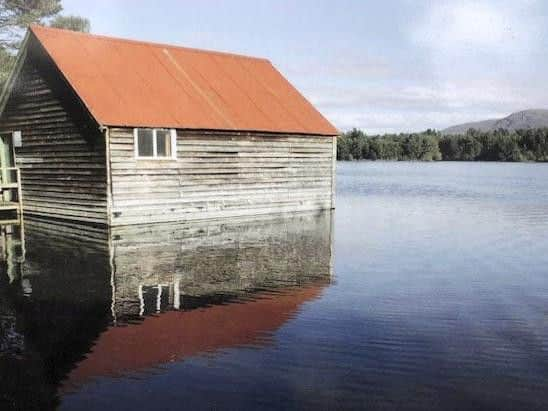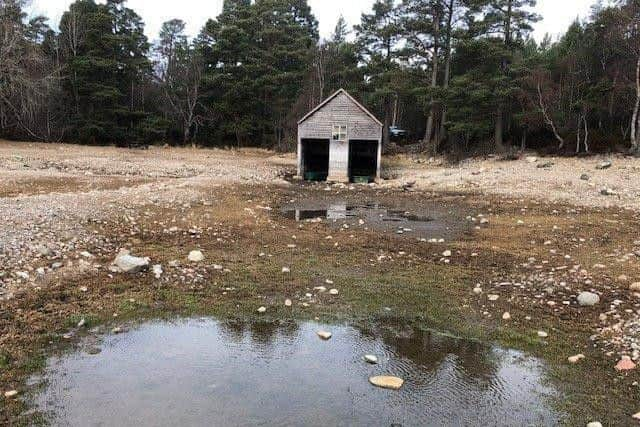Pictures show Highland loch where over 50 million gallons of water mysteriously disappeared


Loch Vaa, near Aviemore, lost a dramatic amount of water between September 2018 and May 2019 - when its water levels dropped by 1.4 metres in depth.
Archaeologists were asked to investigate the effect of the loss of water on the loch's crannog, an elevated ancient settlement made of wood.
Advertisement
Hide AdAdvertisement
Hide AdThey found that some of the birch wood originally made to use the structure, where water levels hadn't dropped below, originated as far back as the 13th century.


Some of the timber below the waterline is so well preserved that there are still axe marks from when the wood was cut down centuries ago.
However, all other wood exposed above the water line has dried out and been rotted away by the elements.
Dr Michael Stratigos, a research assistant at the Scottish Universities Environmental Research Centre (SUERC), took part in the study of Loch Vaa and found the preserved crannog timbers date back to around 1260.


Dr Stratigos, who is working on the Living On Water crannog project, said: "It was effectively an opportunity to check whether the low water levels were affecting archaeology.
"Crannogs typically contain well preserved timbers but they can rot if they dry out.
"Timber can be very sensitive to water levels and water quality.
"As part of our project we're taking advantage of that to research Iron Age crannogs.
Advertisement
Hide AdAdvertisement
Hide Ad"If organic material is present, that suggests the water was never lower than that point."
He explained that because of the nature of Scottish lochs, this is easier to research: "They're cold, dark and there's no oxygen below the sediment level, so there's no organic decay taking place.
"Water levels have probably got to that level before because there was nothing visible in the upper levels in the crannog."
Something fishy
Since May, the water levels have returned to normal levels, but fishing on the loch was hugely impacted last autumn and this year.
Loch Vaa is a Site of Special Scientific Interest (SSSI), which means fishing by the banks is prohibited and boats must be used instead.
As a result of the drastically low water line, the fishing season this year was cancelled.
Brian O'Donnell, 61, helps to manage fishing activity on the loch and said: "We couldn't fish on it at all last year and during the summer.
"It seemed to coincide with motorway drilling for the A9, but to lose 55 million gallons of water is unbelievable.
"It's a total mystery where the water went."